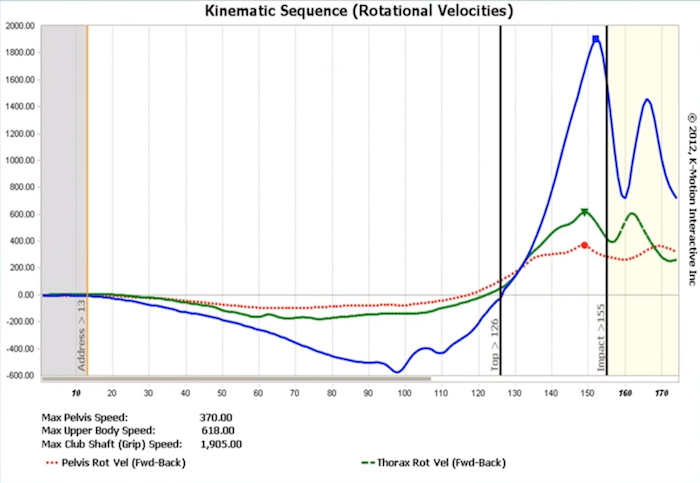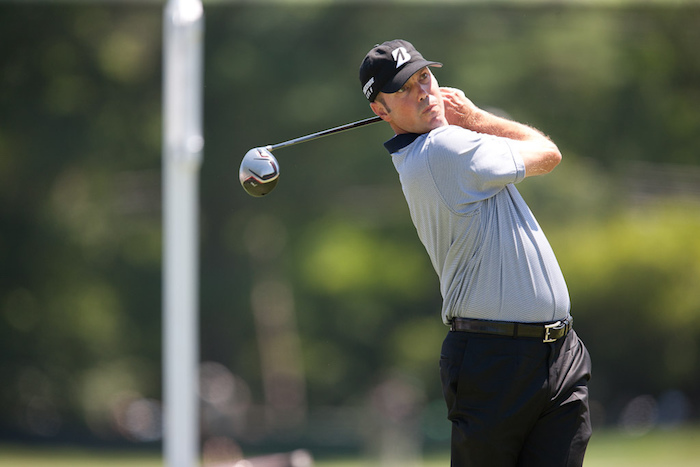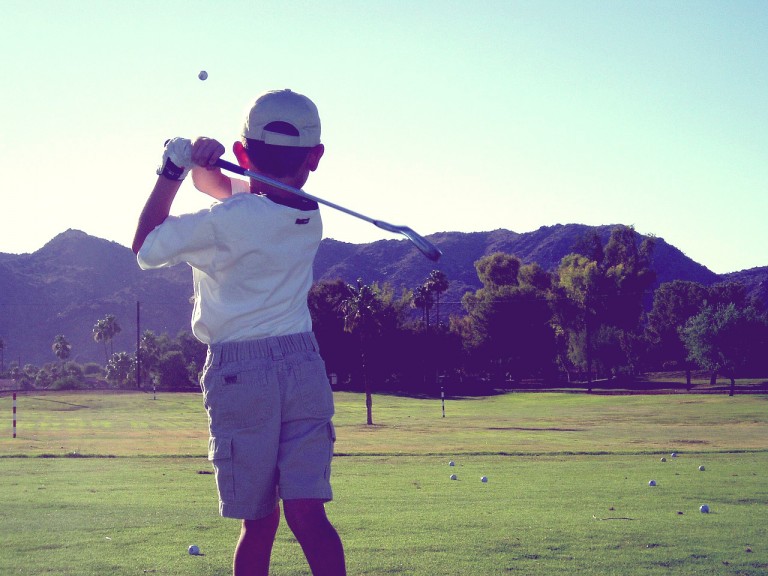Don Parsons shares how he uses the Kinematic Sequence in golf lessons with students. It’s not about a one size fits all approach but the best function for each golfer.
Thoughts from instructor Don Parsons…
[Image below] This is one of the best kinematic sequences I’ve ever recorded. The take away sequence is solid, the club went first, upper body second, pelvis third, loaded well, transition sequence was great, peak sequence and peak timing was great.
This kid couldn’t break a hundred.

[Image below] I started teaching this guy in the 1990’s and he’s been to 25 different USGA events and competed at a very high level.

If I was going to rely on the kinematic sequence how do I reconcile the idea that the best kinematic sequence I’ve ever seen couldn’t break a hundred?
And the second example is one of the best players I ever taught and the kinematic sequence doesn’t look quite right, yet he hits the ball great, scores great, and really knows the game.
That’s where I had to start questioning myself…
How important is the kinematic sequence?
I don’t wanna down play the importance of the kinematic sequence.
I still think it’s a really important tool. I think 3D is one of the most important for working on direct technical type of data and improving players, but trying to make the kinematic sequence look perfect isn’t a whole lot better than trying to make a 2D video look perfect.
Trying to make the kinematic sequence look perfect isn’t a whole lot better than trying to make a 2D video look perfect.
What we want to take from the kinematic sequence is to understand how and why does this work for this player. What combinations of rotational velocities, forward bends, and side bends combine to help him play well?
I have to approach things in a more player centric way and not try to fit everyone into that same perfect kinematic sequence model.
I use the 3D in the kinematic sequence to make each player a personal thumb print, so that we can know what works for them and keep them in a range that is successful for them.
Anything that I do with 3D I want to make sure that it’s going to be applicable to the playing skills that I think are so important.




